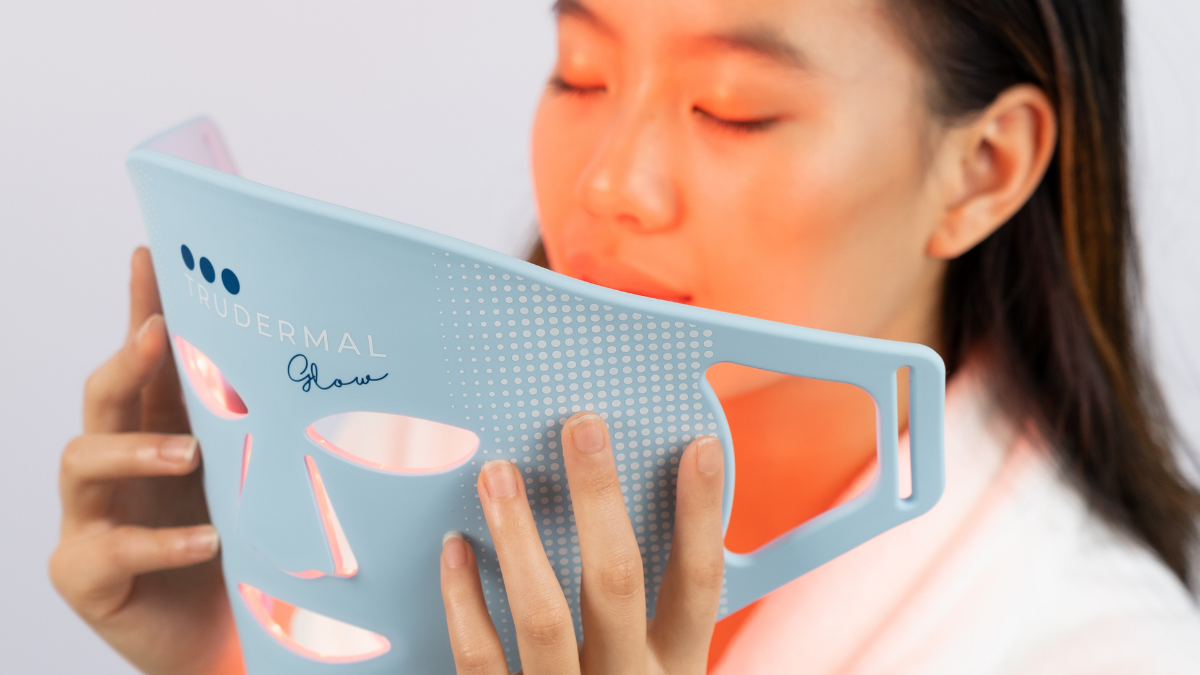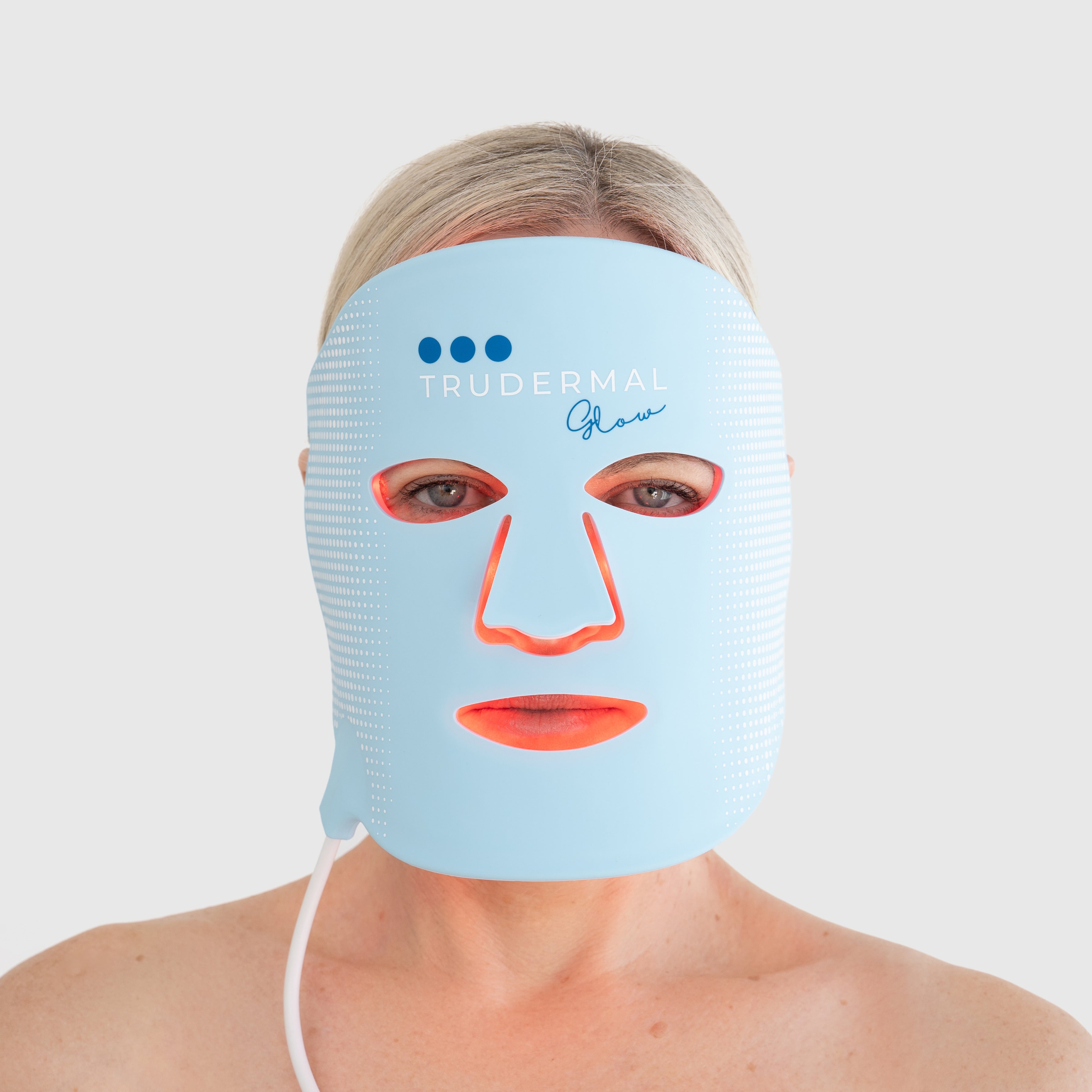Red light therapy done right, the common myths, latest research, and true power of consistent red light therapy use.
Promising everything from younger looking skin to faster muscle recovery, red light therapy has become THE go-to self-care ritual for many. But with its rise in popularity has come a number of questions, myths, and even misunderstandings. We’re breaking down all the key information you need to know including what red light therapy actually is, what the science says, and how best to use it.

Let’s start with the basics. Red light therapy (RLT) exposes skin to specific wavelengths of red and near-infrared light, and in doing so, stimulates cellular repair, reduces inflammation, and promotes regeneration. It energises cells in your body while initiating blood-flow to the area you’re focusing on, and this encourages the healing process to start.
While red light technology itself isn’t new, it is improving every day – as is its efficacy. Not only have studies shown it can stimulate collagen and promote connective tissue turnover, RLT can penetrate into the deep tissue of the skin, providing anti-inflammatory benefits and healing effects.
Want to learn more? Keep reading.
MYTH 1: Red Light Therapy Is Just A Beauty Fad
False! A growing number of peer-reviewed studies and clinical trials support RLT for its use across skin rejuvenation and inflammation reduction. This is because RLT stimulates fibroblasts – the skin cells responsible for producing collagen and the protein that gives your skin its firmness and elasticity. This can help to smooth fine lines, reduce scarring and improve overall skin tone. It’s no wonder red light therapy is here to stay.
MYTH 2: All RLT devices work the same
False! Not all red-light therapy devices are created equal. Typically, the more bulbs your device has, the better energy distribution and consistent results you’ll see. This is particularly true if you’re comparing those in-clinic treatments at-home applications. Another factor to keep in mind? The energy output of your device. Higher-powered, devices can deliver results more quickly. Some at-home devices can mimic those in-office treatments, however lower-powered devices might need longer or more frequent sessions to be as effective. Looking for a new at-home RLT device? Make sure the model has high-bulb density and even energy distribution, like the Trudermal Glow LED Light Therapy Face Mask.
MYTH 3: Red light therapy works straight away
False. Sorry to break the bad news but RLT isn’t a one-and-done- answer to all your skin woes. Just like any other wellness or beauty tool, the effects of RLT take time. If you’re using your tool regularly, you might start to see noticeable improvements across skin tone, texture, and inflammation levels after a month. It’s important to consider other factors too, like the distance between your skin and the device, the angle of the beam, and how much light your skin actually reflects. All of this can impact how much energy penetrates your skin and the efficacy of each session.
MYTH 4: Red light therapy is just for beauty lovers
False – again! Yes, RLT has a strong reputation within the beauty space, but it’s also been tested throughout the world across a range of applications (it’s even been shown to help with hair re-growth). There are some trials that have shown red and near-infrared light can reduce pain, inflammation and tissue damage, making it a helpful addition to your management routine if you suffer from rosacea, eczema or psoriasis.
MYTH 5: Red light therapy is dangerous
False – but you do want to be careful when using it – especially if you’re prone to hyperpigmentation or melasma. Red light therapy is considered safe as it’s non-invasive and doesn’t involve UV radiation but it’s vital to follow manufacturing guidelines and not overuse your device as this doesn’t always mean better results.






